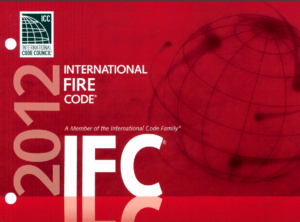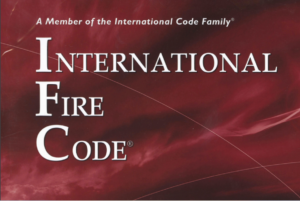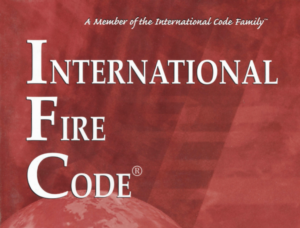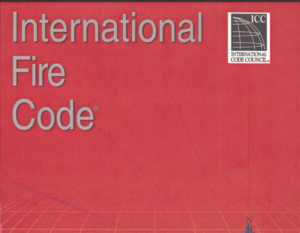The 2022 California Fire Code, as outlined in the California Code of Regulations Title 24, Part 9, provides detailed guidelines for fire safety and prevention across various building types and structures. It emphasizes fair enforcement by adhering to legal due process and seeks to ensure that all buildings meet a basic level of fire and life safety.
The code begins by defining key terms to ensure clarity and consistency across its application. It includes comprehensive safety measures intended to protect the public, construction workers, tenants, and emergency personnel by addressing potential hazards from fire, explosions, and other dangerous conditions.
Critical aspects covered in the code include the design and implementation of emergency plans, the importance of maintaining fire-resistance-rated constructions, and the integration of both active and passive fire protection systems. It details requirements for emergency access, water supply for firefighting, and the installation and maintenance of fire detection, alarm, and suppression systems.
Additionally, the code regulates interior finishes and decorative materials to prevent them from exacerbating fire hazards. It also outlines the construction and operational guidelines for energy systems, including those for modern sustainable technologies, ensuring they are safe and effective.
Specific provisions address unique environments and operations such as aviation facilities, repair garages, and places handling flammable materials. Each section is designed not only to manage the physical infrastructure but also to enhance the preparedness and response capabilities of building occupants and local fire services.
Overall, the California Fire Code aims to provide a comprehensive framework that minimizes fire risks and enhances safety in both new and existing buildings, integrating current technology and safety standards to meet the evolving needs of public and environmental safety.






